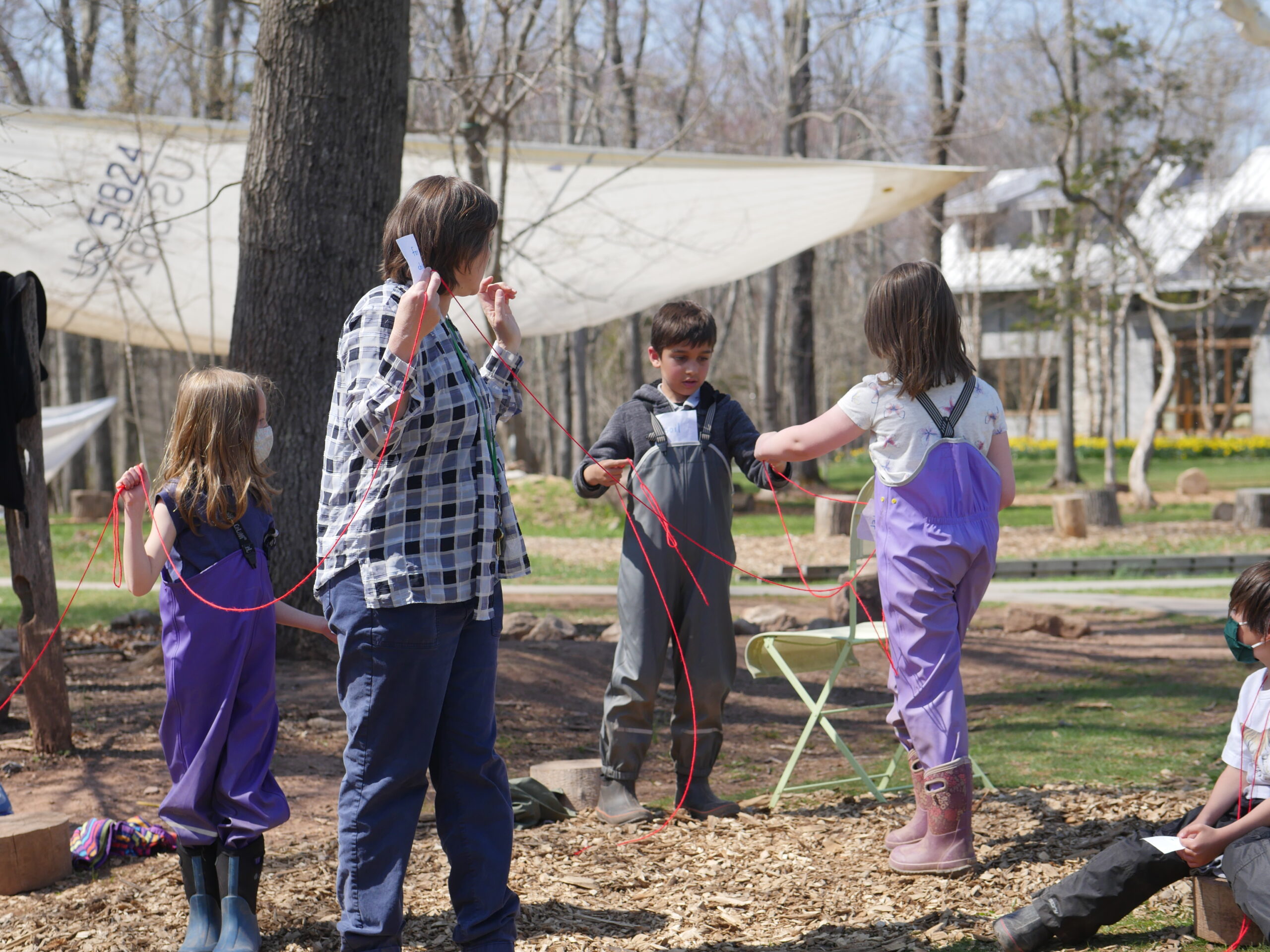Systems thinking is one of the most effective tools a teacher can use to address conflicts between students in the classroom. That’s because systems thinking helps us see the larger patterns of our behaviors and use that knowledge to solve problems. Instead of changing behaviors because an adult insists that they should, kids who are well-versed in systems thinking become problem-solving collaborators who can address issues effectively and independently.
How can you incorporate systems thinking as a conflict resolution tool in the classroom? Liliana Lisbao, Willow’s systems thinking curriculum specialist, shared the following tips with Willow teachers. Willow teachers have found that this approach, combined with the school’s emphasis on virtues like respect and responsibility, has made a big difference in their classrooms! See how it works below:
Introducing the Classroom as a System
The first step is to get kids to understand that the members of the class are a system. A great way to illustrate this point is to have them form a circle. Next, ask them to pass a ball of yarn across the circle to form a web. The web is balanced (stays taut) because everyone holds it and maintains the right amount of tension. But what happens if one person drops the yarn? How about when more people let go? Students will quickly see that the collapse worsens—and the system becomes weaker—as more kids drop their end.
Solving Conflicts Together
When problems in the playground or classroom – or even in friend groups outside of school – begin to happen, teachers can guide children to find solutions through systems thinking.
Focus on trends
Guide the discussion to what has been happening over time, rather than on a single event that caused conflict, by replacing the word “events” with “trends.” Seeing trends will deepen students’ understanding of systems and build their practice as systems thinkers. One systems thinking tool that helps students understand trends is a Behavior Over Time Graph. See an example below:

The Y axis shows the behavior (fights with classmates) and the X axis shows the passage of time. This graph illustrates that each day there are fights and some amount of calming, possibly due to teacher intervention. However, the next day the fights escalate. The trend shows an increase in magnitude, perhaps in the number of children involved or the inability to calm the situation. Make sure you create this graph together!
Use the graph to reflect
As you make this graph with the class’s input on the board, ask, “Is this a one-time event or a pattern? If this is a recurring pattern, what could be causing this pattern?” When brainstorming about causes of the pattern, kids might list things like “mean words,” “refusing to share materials,” or other actions.
Create a causal link
Pick a cause students mentioned and draw an arrow to the effect to indicate a causal link. A causal link demonstrates that a change in one element causes a change in another element:

This visual tells a clear story that you can decode with your class:
- When we say mean words to each other, we end up fighting.
- When people refuse to share materials, we fight.
- When we cut in before our turn, we fight.
Point out how these causes reinforce the conflict
All of these causes reinforce [R] the fights. The situation could be drawn like this:

Work towards balance
Next, ask the students to replace [R] in the middle of the circle with [B], which standards for balance. Which actions would restore balance and prevent fights? Encourage the kids to describe the new story illustrated by the visual.
Try out student ideas!
Finally, encourage the kids to experiment by putting some of these solutions into practice. Part of this step involves regular class conversations to track how well their solutions are working. When kids begin to see change effected by their own ideas and actions, they’ll feel more confident and proud of their new conflict management skills.
Download our free Systems Thinking eBook to learn more about this vital skill. The Waters Center, which is the source of this information, also offers many resources for Systems Thinking.



